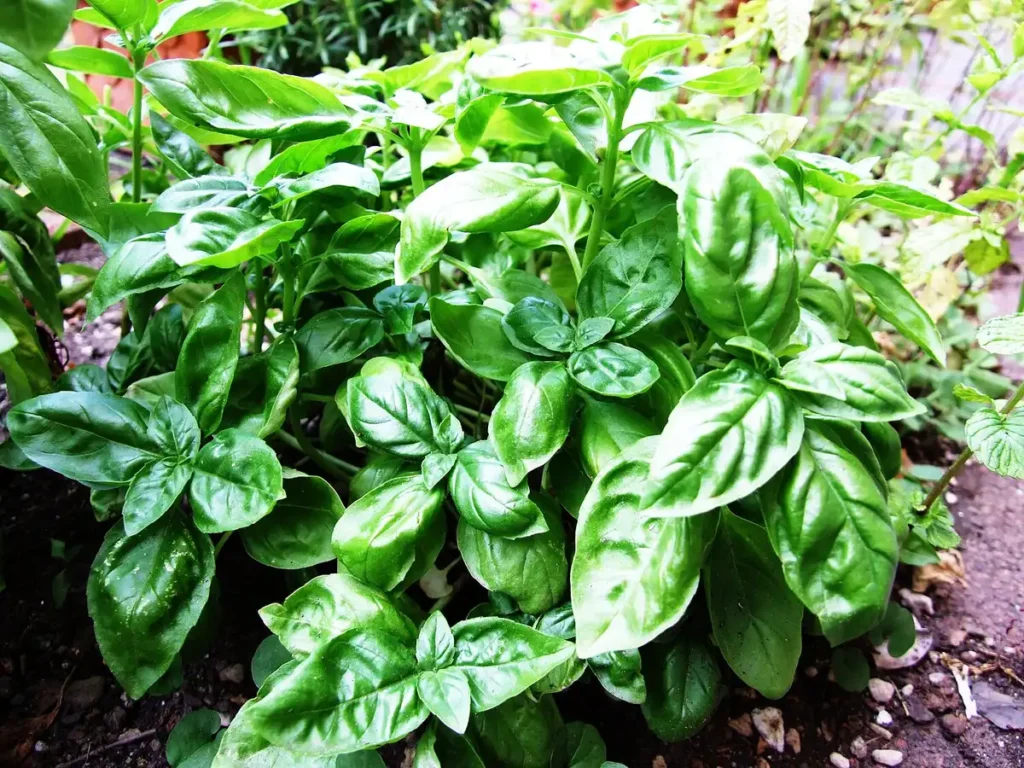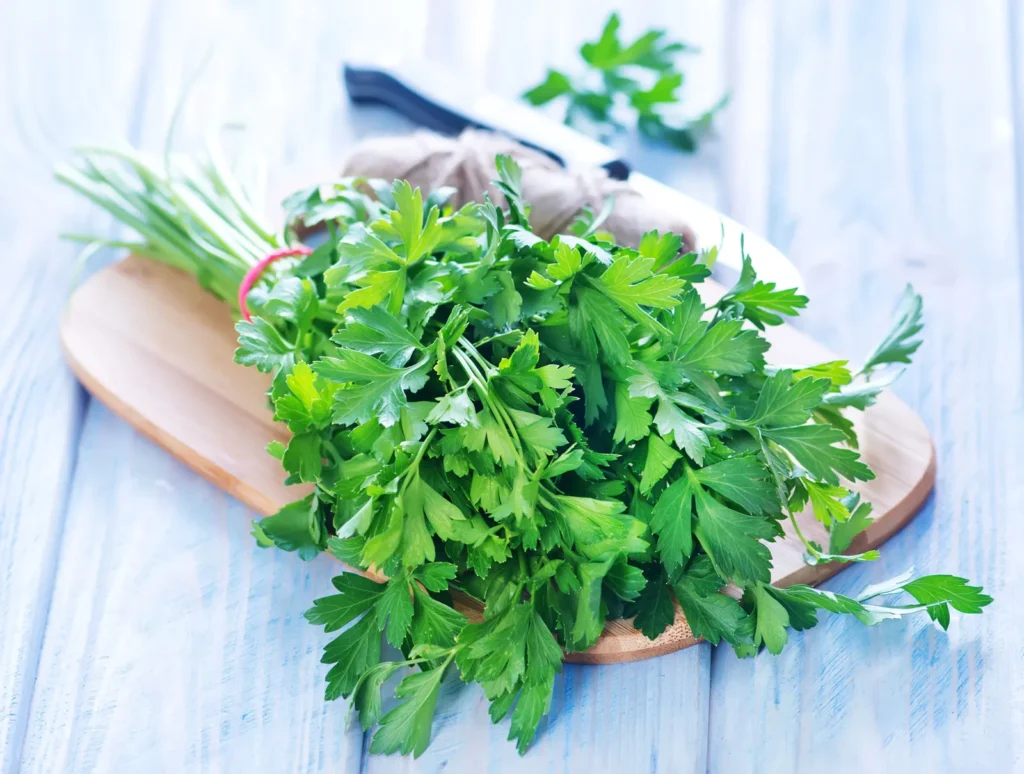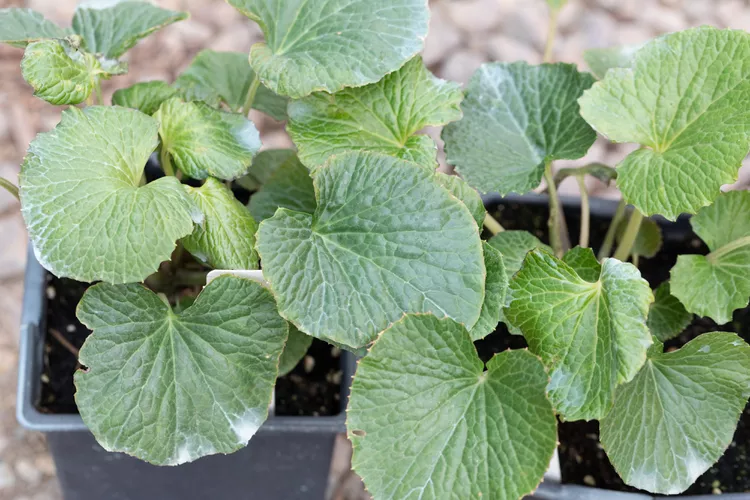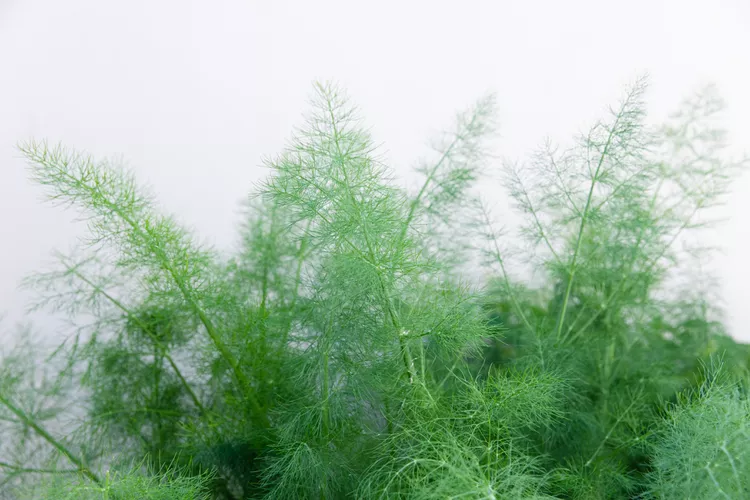
Description
Basil is an herb used for its leaves that is either annual or occasionally perennial. Plants can grow to heights between 30 and 150 cm, depending on the cultivar. Basil leaves are oppositely placed along square stems, shiny, ovulating, and have smooth or slightly serrated margins that cup slightly. Purple or green leaves are possible. Its small, white flowers are produced from a central inflorescence, or spike, that rises from the plant’s central stem.
Habitat
Tropical areas ranging from Southeast Asia to Central Africa are home to basil. Basil is considered an annual plant in temperate climates, but in warmer horticultural zones with tropical or Mediterranean temperatures, it can be cultivated as a short-lived perennial or biennial.
Uses
The most popular use of basil in dishes is fresh. It is usually added last because the flavor is quickly destroyed by cooking. After being immediately blanched in boiling water, the fresh herb can be stored for a short while in plastic bags in the refrigerator or for a longer time in the freezer.
There is not any solid scientific data that backs up the common applications of basil for stomach issues like spasms, appetite loss, intestinal gas, diarrhea, constipation, and many other ailments.

Varieties
Sweet basil comes in a wide variety of cultivars, and there are other related species with distinct flavors as well. Try these many varieties of basil:
Ocimum basilicum (‘Genovese,’ or ‘Genovese’): Compared to the species sweet basil, this variant has larger leaves that are nonetheless full of flavor.
‘Cinnamon’ or ‘Mexican Spice’ (Ocimum basilicum var.): Savour the aroma of fragrant cinnamon, purple blossoms, and verdant leaves.
The hybrid plant known as lemon basil (Ocimum basilicum x citriodorum) has a pronounced citrus flavor and aroma.
Thai basil, also known as Ocimum basilicum var. thyrsiflora, is a sweeter kind of basil with a licorice undertone. Asian cuisine, particularly Vietnamese recipes, frequently use it.
Plant Care
- Light
Full sun for six to eight hours every day is ideal for basil growth. More sun also promotes stronger plants and fewer disease issues. This is true, with the exception of the warmest regions, where basil loves partial shade.
- Soil
Rich, well-draining soil that is damp works best for basil. Adding compost or another nutrient-rich mulch to your soil is a smart idea.
- Water
Regularly give basil a deep watering, but make sure the soil drains well. Mulch can aid in retaining moisture.
- Temperature and Humidity
Basil loves the heat. Wait until the nighttime low is over 50 degrees Fahrenheit and the daytime high is still in the 70s before you plant it. Being highly susceptible to frost, basil is among the earliest plants to wither away in the autumn. When frost threatens, cover your plants with row covers to prolong the season a little. Avoid letting the row cover come into contact with the foliage; even a small amount of frost on the outside might harm the delicate leaves and possibly turn them black.
You may choose to let some basil plants set blossoms and self-seed in your yard if you reside in a frost-free environment.
- Fertilizer
You may need to fertilize your basil plants frequently because you will be picking leaves from them. An all-purpose fertilizer is effective in promoting the ongoing growth of new leaves.
Table





